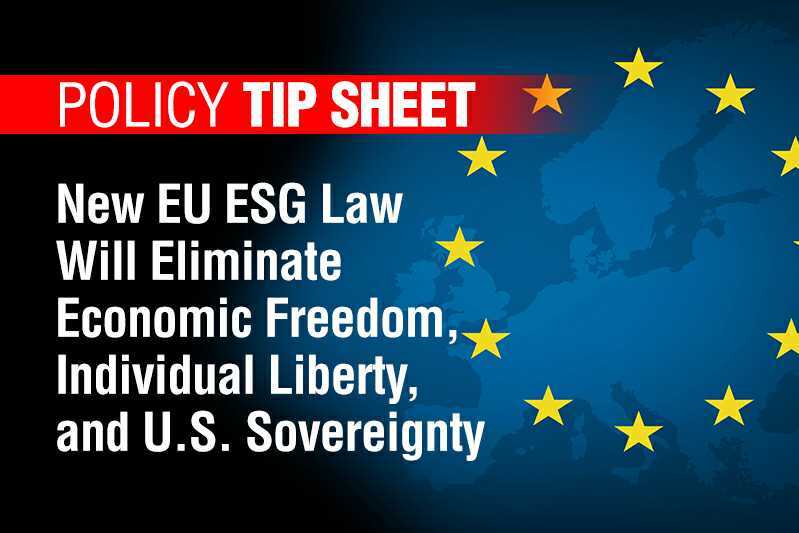This past week President Trump announced new tariffs on imported steel and aluminum to protect American steel workers from supposedly “unfair” foreign competition. The tariff rate of 25 percent on steel imports and 10 percent on aluminum would impact all major steel exporters, particularly Canada and Mexico. President Trump argues this will help their bargaining position when it comes to trade talks, such as possible renegotiations of the North American Free Trade Agreement.
The media, progressives and Democrats have been quick to pounce, pointing out these will lead to higher prices on goods, invite retaliation from trading partners, and ultimately job losses not gains. And you know what, they’re right! Economist Robert Crandall found that restraints on car imports during the 1980s cost consumers the equivalent of $300,000 per job protected in the form of higher car prices. Other research suggests protecting steel workers through tariffs amounts to a whopping $750,000 per job protected.
Yet the entire US economy is based on “tariffs” the left seem now so upset about: taxes, subsidies and regulation that undermines market competition and consumer welfare. What do they plan to do with the tariff economy they themselves helped create?
One of the biggest offenders is government “protection” of domestic farms—corn, soybeans, milk, cheese, chickens and the like—to the tune of $25 billion in annual subsidies. Though sold as a way of protecting the family farm, 85 percent of this money goes to big agri corporations. Not only do these subsidies lead to higher prices at the supermarket, but other harmful effects too. For instance, the feds often buy up unsold food stuffs to maintain artificial price levels, but then have to find some way to get rid of them. Sometimes this surplus goes to food banks; other times its dumped on poorer countries like Haiti, crippling their agricultural industry.
Likewise, “green” energy policies come with a high price tag—all passed onto taxpayers, or consumers in the form of higher prices. President Obama’s push for renewable energy subsidies ended up costing taxpayers $26 billion over five years, or more than $11 million per job created. Solyndra, of course, was the biggest boondoggle of the bunch, with the company receiving some $500 million in loans with no permanent jobs to show for it—the company went bankrupt in 2011. Put differently, green jobs come at the expense of other, more efficient economic activity. In studying green subsidies in his country, economist Gabriel Calzada found that 2.2 jobs in Spain were lost for every green job created.
Another formidable tariff on consumers is the growth of occupational licensure. In the past, licenses were justified as a way of protecting consumers from asymmetrical information that supposedly could be exploited by the service provider. Yet today with Angie’s List, Yelp, Healthgrades, Vitals and other online review systems, consumers are better equipped to make wise decisions than ever before. And these days everything seems to require a license: painters, massage therapists, morticians… Cutting hair—clearly out of fear hairdressers will stab people—now requires 1500 hours of training in some states, more than even police officers or EMTs. Often this training requires thousands of dollars to attend “government-approved” schools. Today about 30 percent of workers require a license, compared to just 5 percent in 1950. The end result: higher prices for consumers and weaker job mobility.
Add in the thousands of subsidies and penalties in the tax code, the (corporate) welfare state, the red tape that slows new business startups or workers wanting to transition into other employment—indeed, the very people displaced from international competition that might make steel tariffs seemingly necessary—and one can see the “tariffs” the left now seemingly scorn are everywhere.
To be sure, not all the blame for the tariff economy falls on the left. Republicans, for their part, while they speak the words of laissez faire, are often all too willing to put the interests of special interests above middle-class America. But at least they have made an attempt to cut programs and regulation, only to be chastised for it. Even President Trump, not exactly a free market ideologue, successfully cut corporate taxes and rolled back the regulatory state.
Is the media, progressives and the Democratic Party interested in cracking down on the tariff state? In one of the greatest ironies it could be the irrational hate for President Trump that results in the left joining arms with the right in dismantling it.





